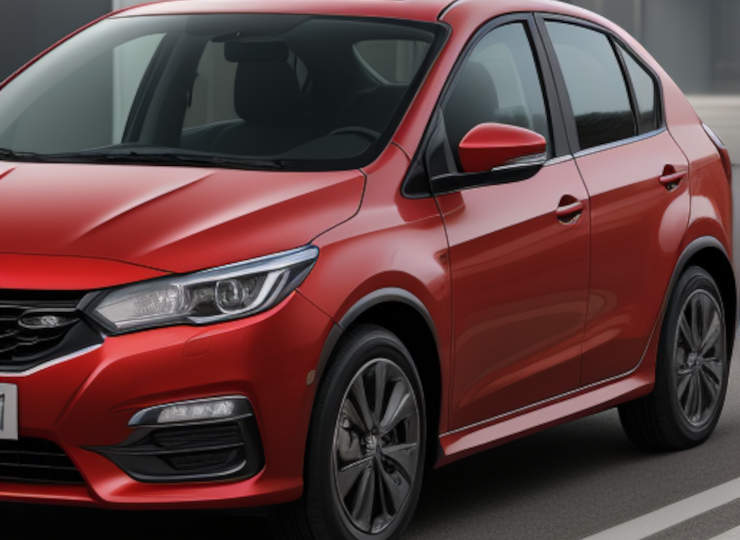文字のサイズ
- 小
- 中
- 大
What is the breakthrough for Japanese car manufacturers in the Chinese market?
Foreign OEMs, including Japanese ones, are facing an uphill battle.

This is because in the Chinese market, where sales of new energy vehicles (NEVs) are growing, Chinese OEMs are launching NEV products with digital cockpits and full driver assistance functions one after another. Based on passenger car factory shipments in the period January-June 2024 announced by the China Association of Automobile Manufacturers (CAAM), the share of Chinese OEMs has increased to 62.3% of the total. In comparison, European-affiliated companies accounted for 16.9%, followed by Japanese-affiliated companies with 12.0%, US-affiliated companies with 7.1% and Korean-affiliated companies with 1.7%.
China aims to achieve vehicle sales of 40 million units by 2035, of which more than 50% will be new energy vehicles (NEVs), and with the NEV market expected to grow further, foreign manufacturers, which had been lagging behind, are now beginning to introduce their products in earnest. In addition to improved driver assistance performance, an increasing number of models are equipped with digital cockpits featuring new technologies such as voice and gesture control and facial recognition.
The Chinese Government has set the goal of achieving peak carbon dioxide emissions by 2030 and carbon neutrality by 2060. The automotive industry is also moving towards low-carbon production processes, and it is anticipated that efforts to become carbon neutral will be in full swing from now on.






